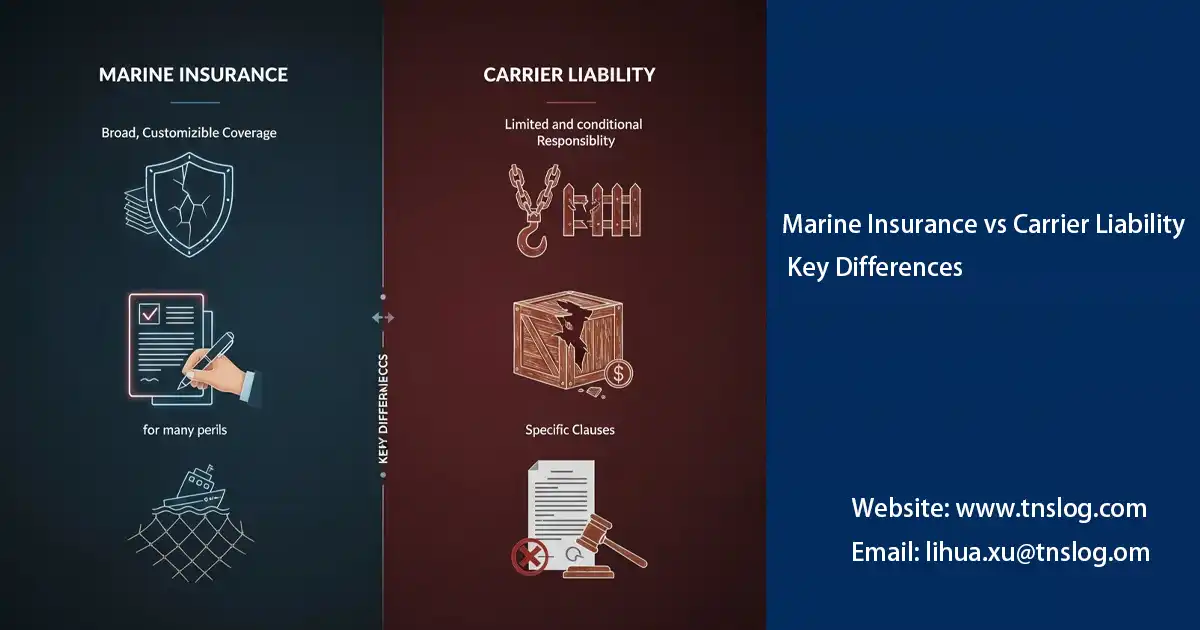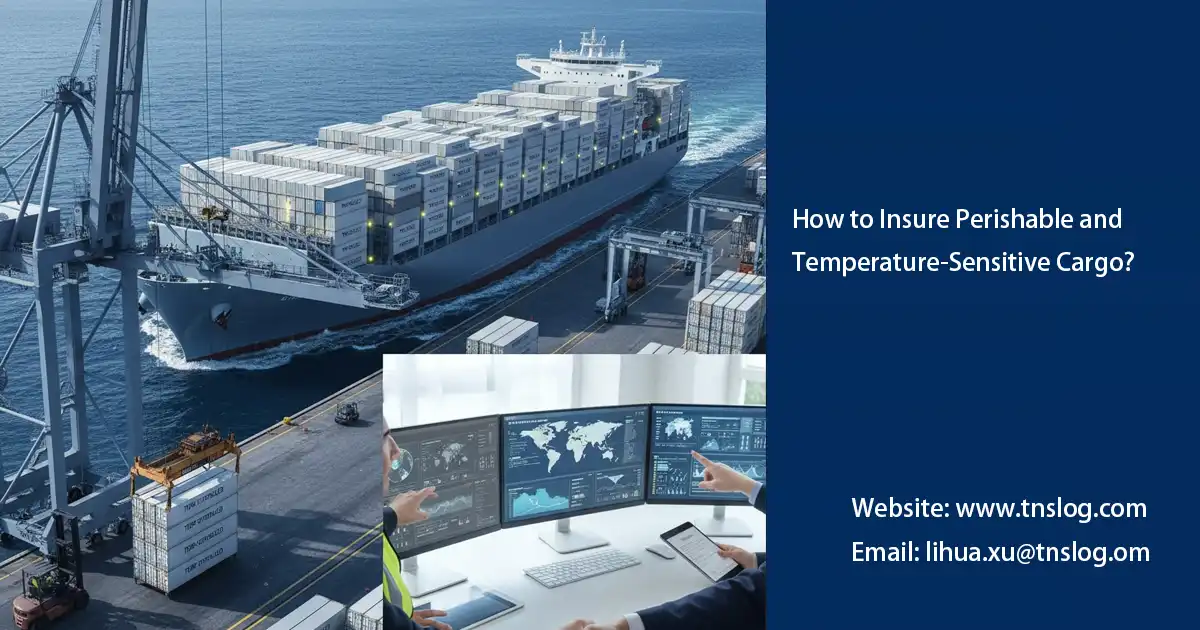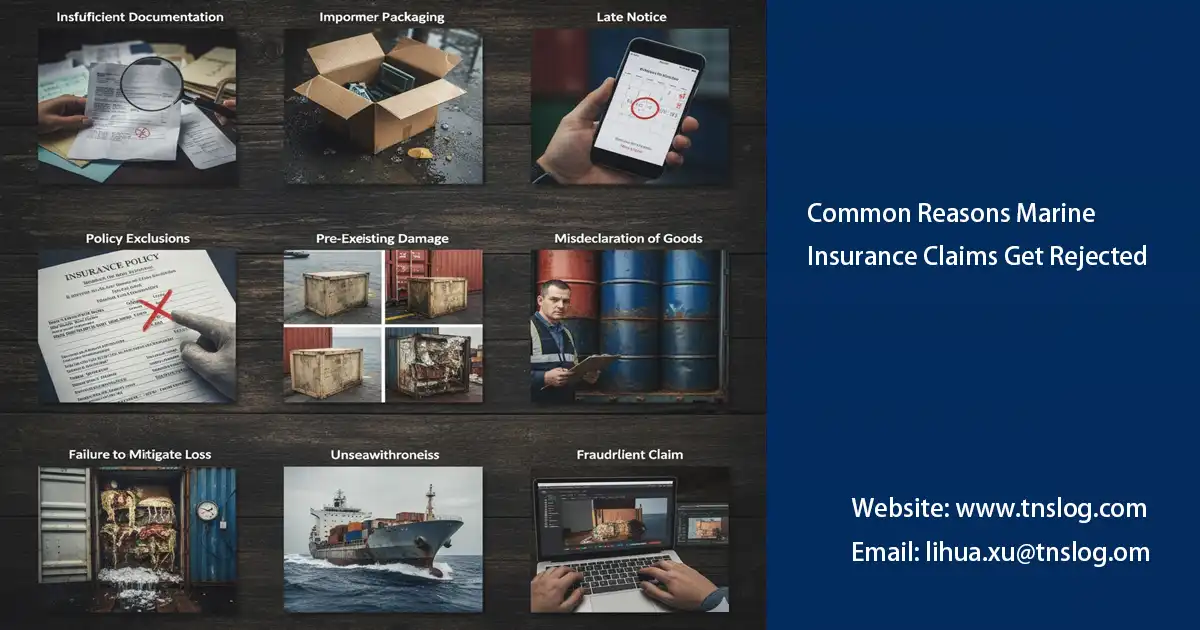How does multimodal transport improve supply chain efficiency?
Multimodal transport refers to the seamless movement of goods using at least two different modes of transportation—such as sea, rail, road, or air—under a single contract managed by one operator. According to the United Nations Conference on Trade and Development (UNCTAD) and the International Chamber of Commerce (ICC), multimodal transport streamlines logistics through a single contract, ensuring efficient supply chain management. In today’s interconnected global economy, it has become a cornerstone of modern logistics, particularly in trade hubs like Malaysia.
For example, a shipment from Malaysia’s Port Klang to Europe might travel by sea to Rotterdam, then by rail and truck to Berlin, all coordinated under one contract. This integrated approach optimizes costs, transit times, and sustainability
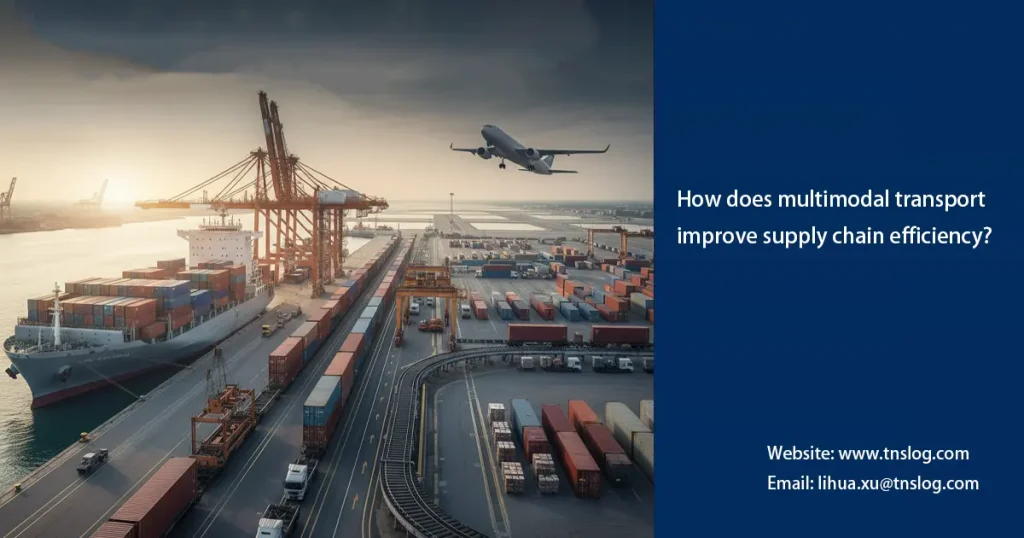
Multimodal vs. Intermodal Transport
While both multimodal and intermodal transport involve multiple modes, intermodal transport uses separate contracts for each mode, requiring the shipper to coordinate transitions, which increases complexity and liability risks. In contrast, multimodal transport simplifies the process with a single contract and operator, reducing the shipper’s administrative burden.
Core Features
- Single Contract: One agreement covers the entire journey, simplifying documentation and liability.
- Single Operator: A Multimodal Transport Operator (MTO) oversees the entire process.
- Multiple Modes: Combines sea, rail, road, or air for optimized routing.
Key Benefits of Multimodal Transport
- Enhanced Efficiency: By optimizing routes and modes, multimodal transport significantly reduces delivery times. For instance, exporting electronics from Malaysia to Europe can combine sea freight from Port Klang to Singapore, seamlessly connect to the China-Europe Railway Express, and complete delivery by truck to Munich, avoiding congested ports and multiple transfers. Industry data suggests well-planned multimodal transport can cut transit times by 10-20%.
- Cost Savings: Multimodal transport leverages economies of scale, reducing intermediary costs and handling fees. For example, rail is more cost-effective than long-haul trucking, and sea freight suits bulk cargo. Malaysian palm oil exporters using a sea-rail combination can save up to 15% on logistics costs. Additionally, a single contract eliminates administrative expenses from coordinating multiple parties.
- Reduced Operational Risks: A single operator oversees the entire journey, minimizing disputes over liability. If cargo is damaged during transit, the client deals solely with the MTO, rather than pursuing separate claims against sea or trucking companies. The standardized FIATA Multimodal Bill of Lading (FBL) further streamlines claims, enhancing efficiency.
- Sustainability Boost: Multimodal transport prioritizes rail and inland waterways, which have lower carbon emissions than road transport. For example, rail transport emits about one-third the CO2 of trucks. Malaysia’s green logistics initiatives, such as the National Transport Policy 2030, encourage multimodal transport to reduce environmental impact and support carbon neutrality goals.
- Flexibility for Market Demands: Multimodal transport adapts to cargo types and delivery requirements. For instance, e-commerce shipments can combine air transport with trucking for rapid delivery, while bulk goods use sea and rail for cost efficiency. This flexibility enables Malaysian businesses to meet diverse customer needs effectively.
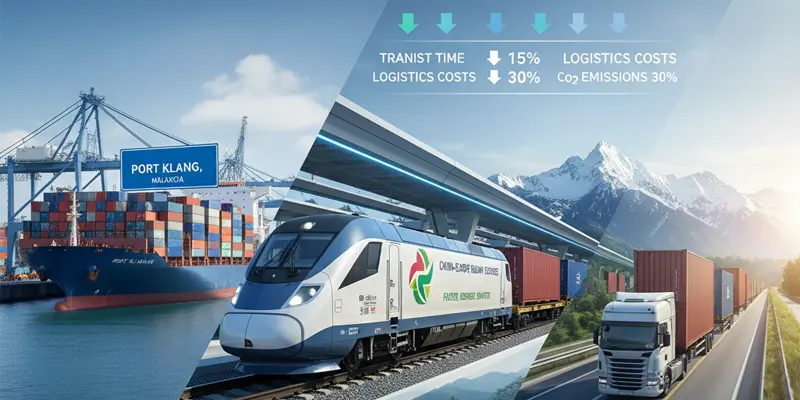
Challenges of Multimodal Transport
Despite its advantages, multimodal transport faces challenges:
- Legal Complexities: Variations in transport regulations across countries can complicate liability and compliance. For example, international conventions like the Hague Rules (sea) and CIM Rules (rail) may conflict.
- Operational Complexity: Coordinating transitions between modes requires precise scheduling and documentation; any delay can impact overall timelines.
- Infrastructure Limitations: In Southeast Asia, underdeveloped rail or port facilities (outside major hubs like Malaysia’s Port Klang) can hinder efficiency.
- Cost Variability: Fluctuations in fuel prices, tariffs, or handling fees can lead to budget overruns.
Applications in International Trade
Multimodal transport is widely used in global trade, particularly in:
- Asia to Europe: Shipments from Malaysia to Europe often combine sea freight with the China-Europe Railway Express and trucking, ideal for electronics and manufacturing supply chains.
- Cross-Border E-Commerce: Air transport from Kuala Lumpur to Singapore or Hong Kong, paired with trucking and courier services, meets e-commerce demands for fast delivery.
- Bulk Commodity Transport: Malaysia’s palm oil exports leverage sea, rail, and inland waterways for cost-effective logistics.
- Belt and Road Initiative: Malaysia’s strategic location enhances its role in multimodal routes connecting ASEAN with Central Asia and Europe under the Belt and Road framework.
How to Choose a Multimodal Transport Provider?
1. Global Network and Local Expertise
2. Cost and Transit Time Balance
3. Unified Liability and Comprehensive Insurance
Ensure the MTO offers single-point responsibility, covering cargo damage or delays across all transport modes. Verify that their insurance policy includes all modes (e.g., sea and rail). For example, Maersk provides robust cargo insurance and uses the FIATA Multimodal Bill of Lading for legal clarity.
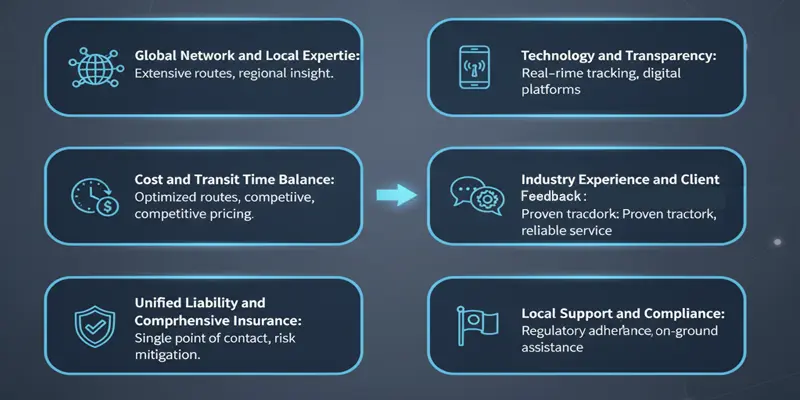
4.Technology and Transparency
5. Industry Experience and Client Feedback
6.Local Support and Compliance
Recommendations: Before finalizing, request a detailed Request for Proposal (RFP) outlining transport routes, cost structures, and contingency plans. Conduct site visits to the MTO’s facilities, such as Port Klang’s operations center, and speak with existing clients to verify service quality.
Conclusion
Multimodal transport integrates multiple transport modes to deliver flexible, cost-effective, and sustainable solutions for modern logistics. For Malaysian freight forwarders, it enhances global competitiveness while meeting demands for efficiency and environmental responsibility. As global trade continues to evolve, multimodal transport will remain a cornerstone of supply chain success, creating new opportunities for Malaysian businesses.
You may also be interested in
Have Anything To Ask Us?
Please fill in your email in the form and we’ll get back to assist you soon!


